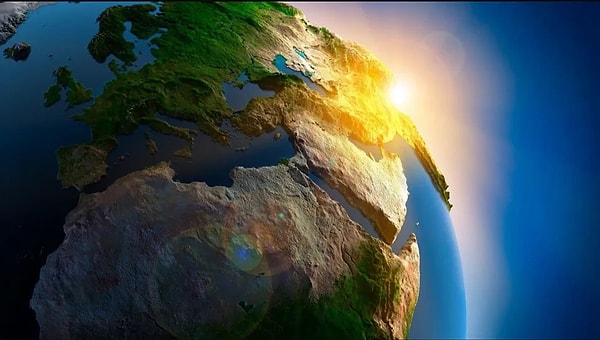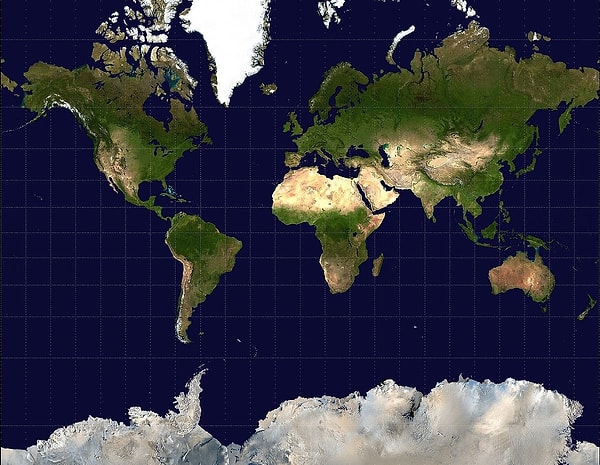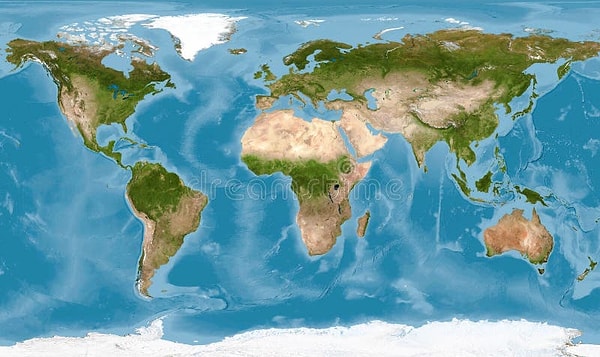Could There Be Only 6 Continents Instead of 7?
For as long as we’ve known, the world has been divided into 7 continents: Australia, Europe, Antarctica, South America, North America, Africa, and Asia. But what if everything we’ve learned is wrong? 🤯 A groundbreaking study from Derby University published in Gondwana Research suggests that there may only be 6 continents! The study proposes that North America and Europe were once connected, and the Atlantic Ocean might not be enough to separate them. What could this revelation mean for our understanding of Earth's geography? Get ready for some mind-blowing revelations that could change everything! 🌍
A study conducted by Dr. Jordan Phethean at the University of Derby in the UK suggests that the traditional seven continents of the world may be subject to change.

So, how many continents are there on Earth? The research data proposes that North America and Europe, separated by the Atlantic Ocean, might actually be connected. Using advanced geological techniques, the study has uncovered evidence that North America and Eurasia could be linked beneath the surface by 'tectonic plates,' pointing to a shaded subcontinent between the two plates.
At the heart of this research is Iceland.

A volcanic island believed to have formed around 60 million years ago, Iceland is famous for its volcanic eruptions. The Greenland-Iceland-Faroe Ridge, located in the Atlantic Ocean, which is considered a tectonic boundary between North America and Eurasia, could contain parts of these two continents that are lost or submerged.
Iceland exhibits behaviors typical of two separate tectonic plates, leading researchers to suggest that it could be part of a larger, yet undiscovered, geological structure that connects the continents.

In other words, Iceland may have formed at the junction of the North American and Eurasian tectonic plates and turned into a volcanic island.
The researchers refer to the connection between the two continents as the "Rift Ocean Magmatic Plateau."

Challenging the traditional view that Iceland is an isolated hot spot, the study proposes that Iceland could be part of a 'hidden continental landmass.' If the research data is accurate, it could change our understanding of continental drift and the dynamic nature of Earth’s tectonic plates.
Moreover, we may need to redefine the continents of Earth and alter global maps!
Dr. Phethean, one of the leaders of the research, previously suggested that an underwater proto-continent could exist off the eastern coast of Greenland. With Dr. Phethean and his team's research, our perspective on how continents have moved throughout geological time and our predictions for future land movements could change.
Keşfet ile ziyaret ettiğin tüm kategorileri tek akışta gör!


Send Comment